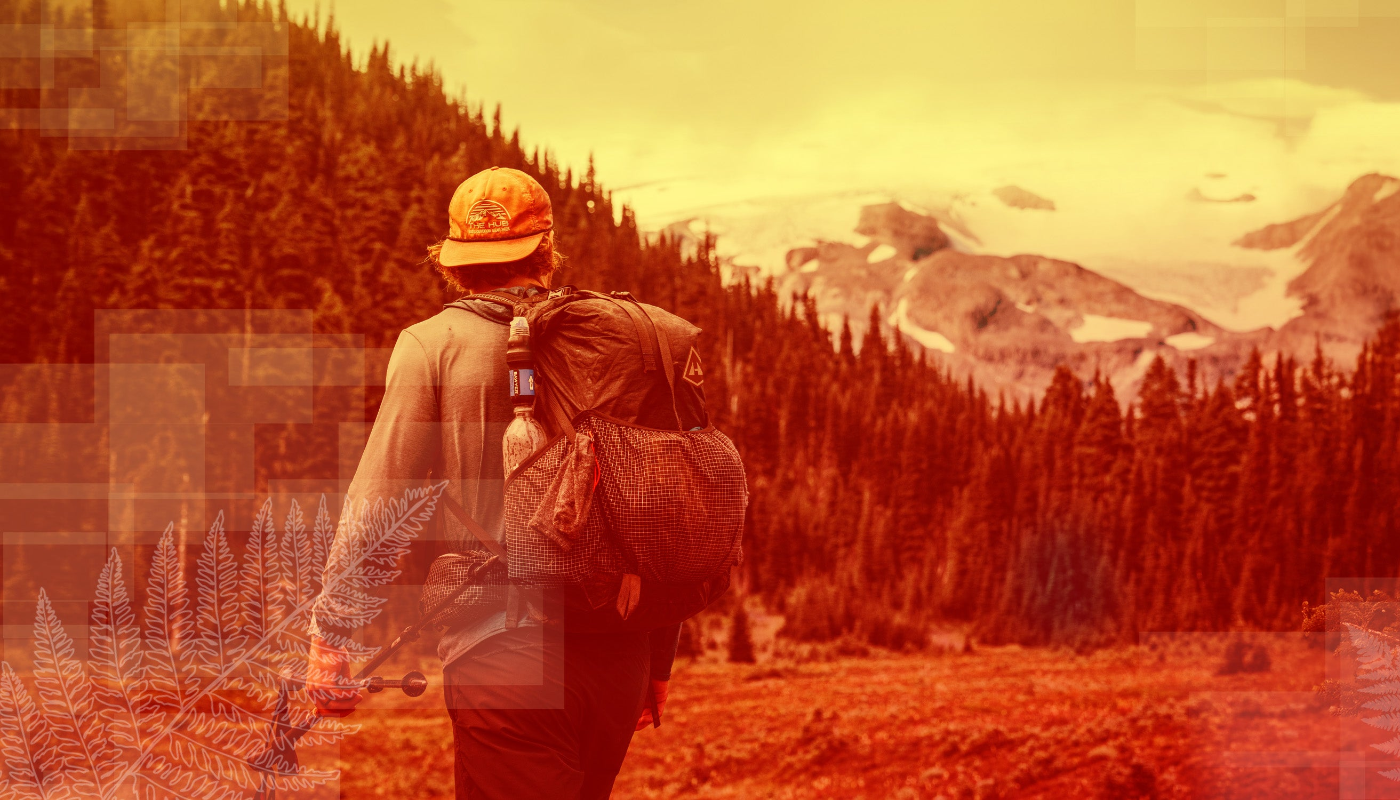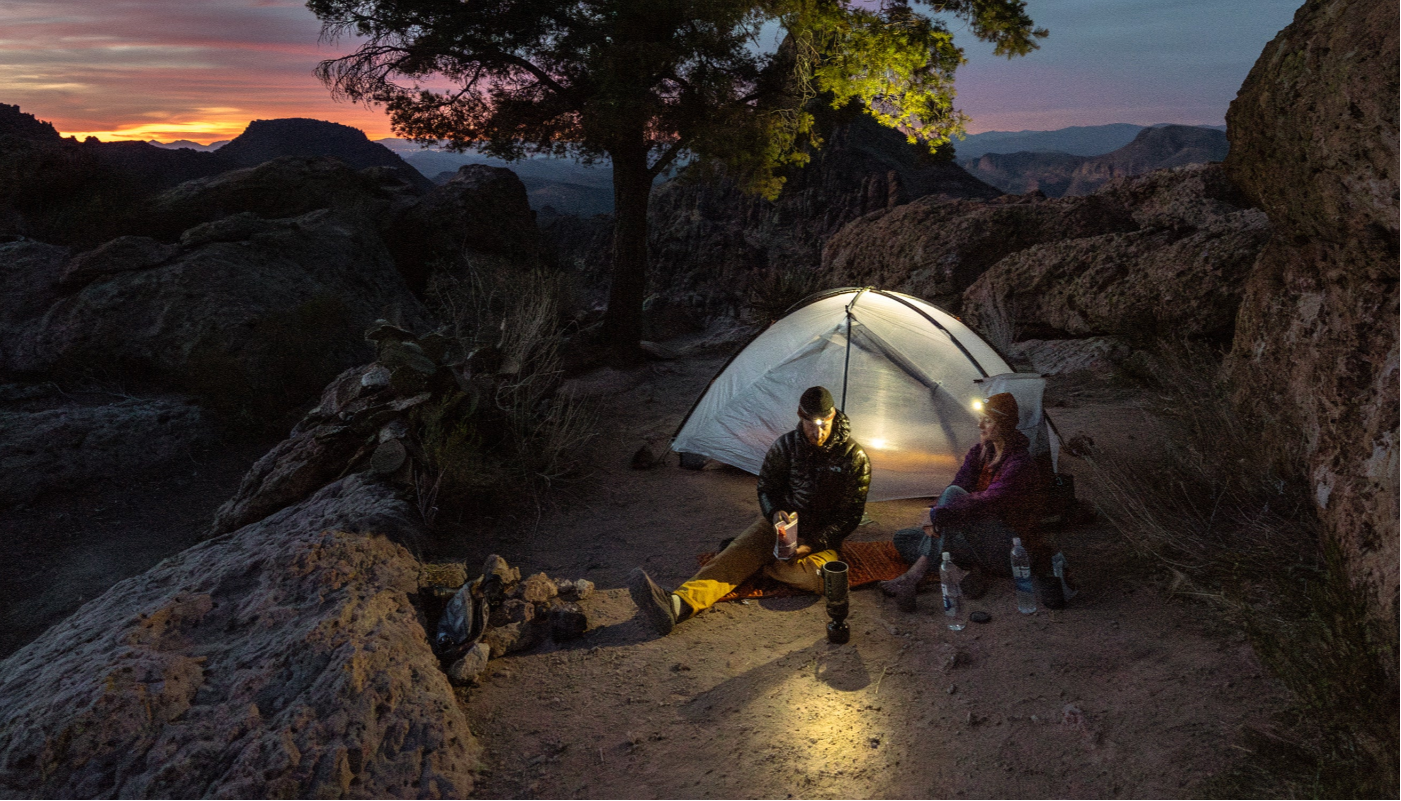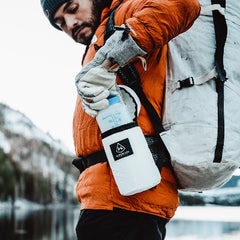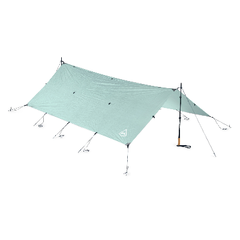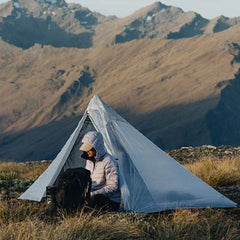We go out into the wilderness to remove ourselves from modern society and experience the beauty of nature in its untouched, finest self. I was drawn to the Pacific Northwest Trail (PNT) for that very reason; resources weren’t readily available, and it is still widely unknown in the hiking community. In fact, I met many rangers overseeing its terrain who hadn’t heard of its existence.
#1 Main Challenge: Mosquitos
There were three main challenges I experienced on the trail: mosquitos, keeping dry and navigation… especially when it came to my new proud vocabulary word “bushwhacking.” Let’s start with the mosquitos. They were so horrible at one time that I considered quitting my hike. You can’t do anything about the bugs… I carried three types of repellent, (100% DEET, aerosol spray, which I highly condone and eucalyptus lemon oil). Wait it out, and you’ll be fine. The mosquito issue only lasted about three weeks and will depend on each year’s weather conditions. Any thru-hiker can handle it, but it’s imperative to keep your moral high. Become one with the bugs! (Read more about how she dealt with bugs on her blog).
#2 Main Challenge: Staying Dry
Now, keeping dry is another story. Rain and river fords destroyed my feet. Even in record high weather temperatures, I still got soggy. I handled this struggle by purchasing improved rain gear, making mandatory stops on trail to dry my shoes and socks when the sun poked through and I ALWAYS kept my sleeping gear in a dry bag. If the rain stops at 8:45a.m., I’d be making hot cocoa on trail! Because the PNT is largely hiked in the summer months, there is more discomfort than danger regarding this issue. Hypothermia can occur in above freezing temperatures, so please remember this and use extreme caution.
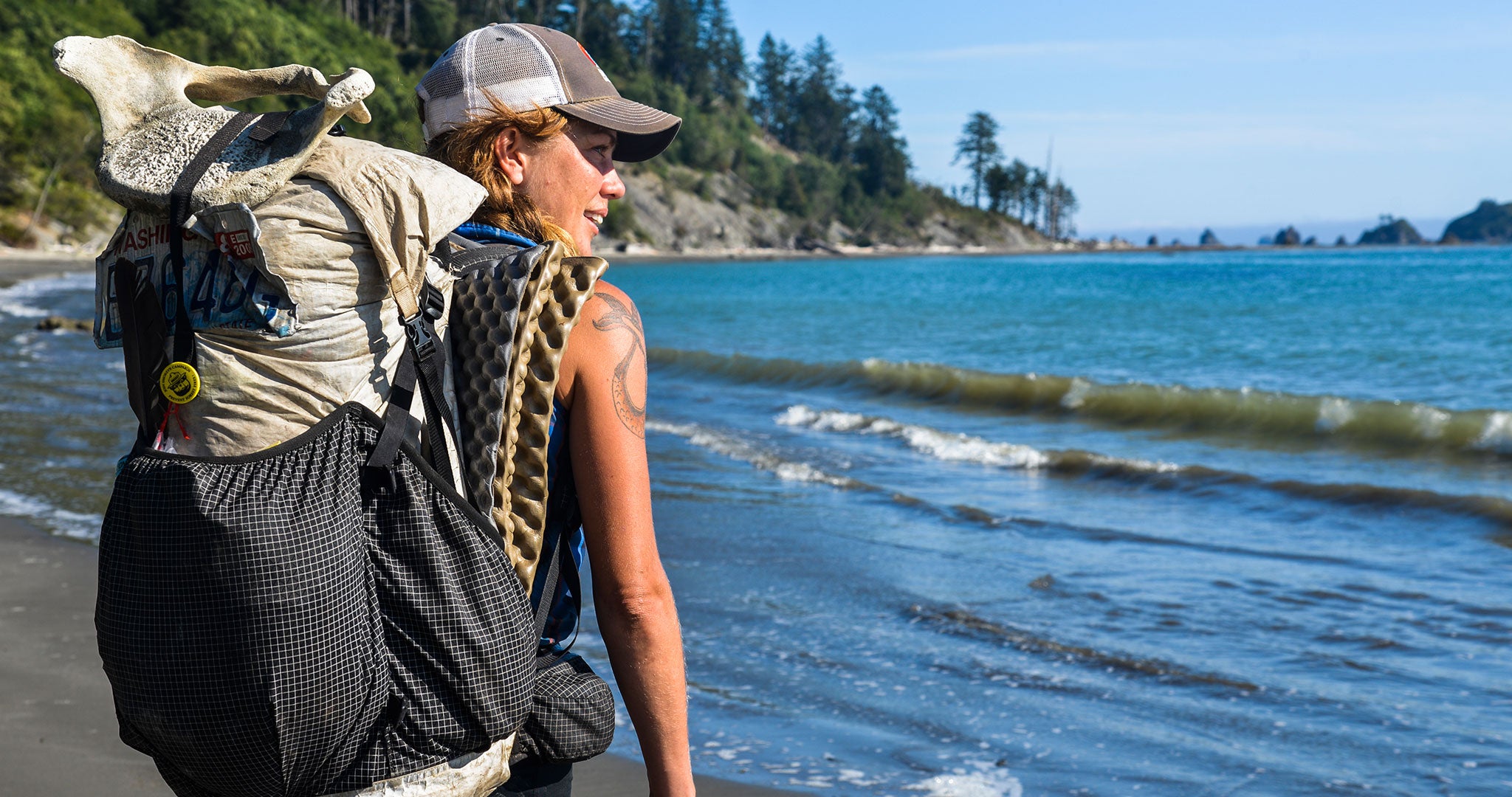
#3 Main Challenge: Navigation
I depended on topo maps, my compass and a data book. I had an offline GPS application uploaded to my iPad, but only used it as a backup plan. The main reason I wanted to hike this burly trail was to develop my navigational skills. Today, we have fancy devices to guide us anywhere and everywhere around the world. If mountain men could do it in the yesteryear without this stuff, how cool to teach yourself, too. Trail signs are nearly nonexistent, so it’s imperative to use offline skills as well. On some of the more popular thru-hiking trails, you’ll go a day or two before running into another hiker, making it easier to ask for help and directions along the way. I hiked the Pacific Northwest Trail solo and only crossed paths with other thru-hikers on my first week. If you’re looking to experience the deep outdoors alone, this is the trail for you.
Bushwhacking is a completely different ballgame. There are small sections of trail that require hikers bushwhack through dangerous terrain. For minimal risk, my advice is to do these sections with another hiker, to carry a locator device, notify friends/family/rangers of your hiking plan and to use extreme caution. Imagine being in a thick, steep forest, one mile from a main trail and unable to walk from a minor injury after slipping on a blowdown. Even if the search and rescue team is deployed, it might take three weeks to find you, as they surely wouldn’t be able to hear your screams. At least, that’s what constantly crossed my mind when I was out there. The key is to always have an exit strategy, and to use each experience for growth in how you might handle something worse.
One last difficulty on the PNT is with the road walking… there is a lot of road walking. I didn’t view it as a challenge so much, but I could see how outdoor enthusiasts may be deterred by the idea of walking miles upon miles on pavement. I taught myself to embrace the roads. I saw it as part of the territory of hiking a new trail and being a pioneer. It’s all about perspective!
Other Challenges: Finding Water (it’s easy), Resupplies, & Keeping Your Pack Weight Down:
The Pacific Northwest Trail is a tough trail: emotionally, technically and physically. But don’t let that discourage you. If you’re like me, I’m sure you’ll see it as an enticing challenge. It is not just doable, but absolutely wonderful, too. Oh, and let me talk about some strategical advantages. Two main concerns thru-hikers stress about are water and food resupply stops. These are non issues on the PNT. The 2015 season held record high temperatures and was devastated by wildfires, yet water was readily available. In stark contrast to other thru-hikes, I mostly carried one liter of water and had the capacity of three. My maps even stopped referencing water sources for the last 500 miles of trial because of its availability. Keep in mind, though, you must always be prepared and do proper research for the season which you are hiking. Same goes for resupplying. I felt like I had access to a town every three to five days. The longest stretch between trail towns was about 110 miles, which was still completely doable. I mailed myself two resupply boxes (to Polebridge, Mont. and Ross Lake, Wash.) and would most likely skip them if I were to hike this trail again. This gives you a major advantage in keeping your food and water weight down. Also, the towns are wonderful. Locals were largely unaware of the trail and thru-hiking, in general. They embraced me with wide eyes and eager ears. Some of my fondest memories came from the locals along the way.
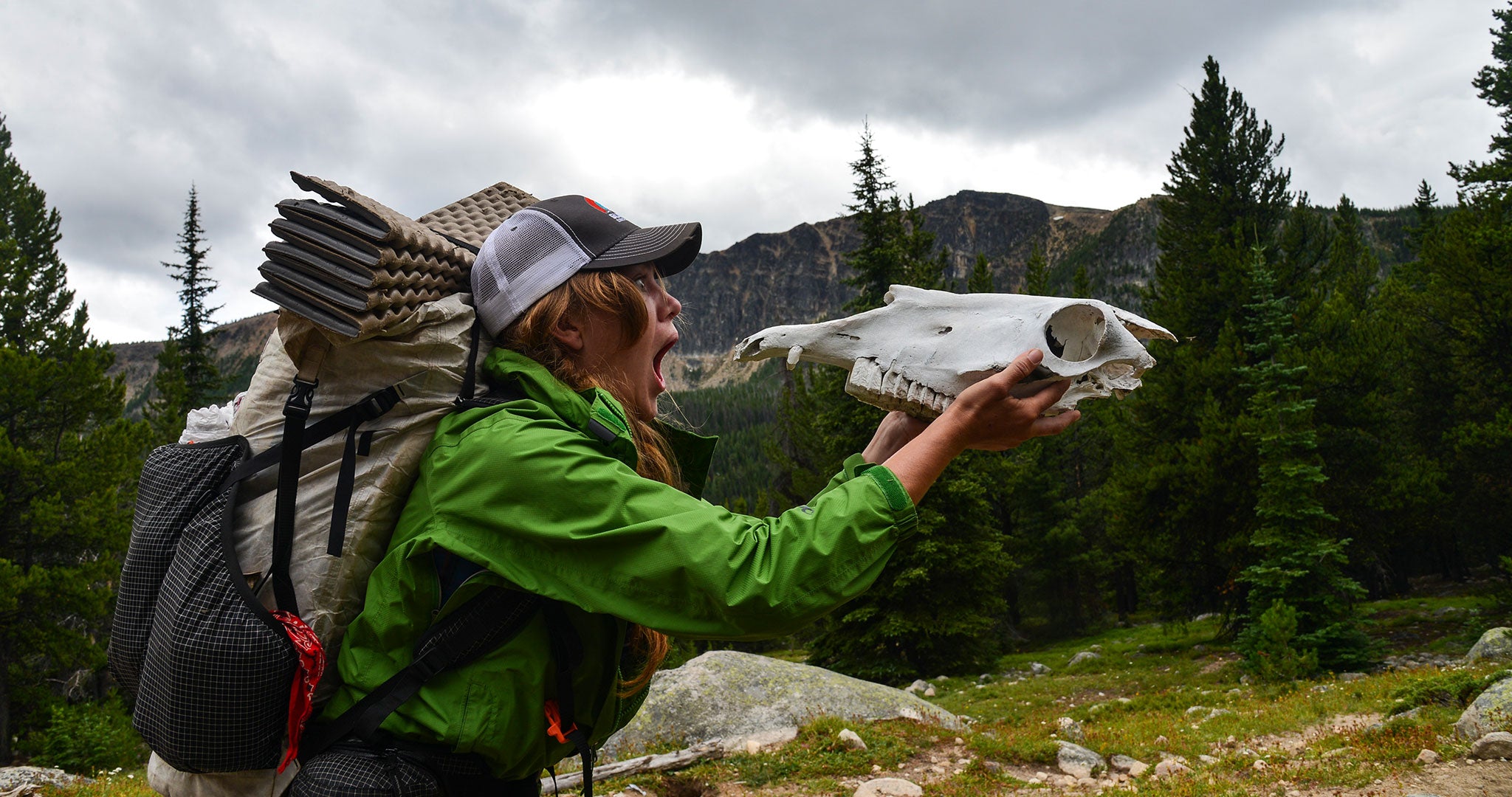 What’s Beautiful About the Pacific Northwest Trail:
What’s Beautiful About the Pacific Northwest Trail:
On to the beauties of this trail. Oh, the beauties… This trail starts and ends in two of the most spectacular national parks of the United States of America: Glacier National Park and Olympic National Park. It is so phenomenally fantastic that the only thing I can say is please get out there and see it for yourself. Hikers were swimming with moose up high in snow melt lakes at Glacier. Waterfalls were countless. Temperatures were perfect. Grizzlies were friendly. What more can you ask for? Now, the Olympic Coast was probably the highlight of my life. It was so beautiful, so perfect, so completely different than anything I’ve ever experienced. If you can’t sign up for a thru-hike, you can absolutely sign up for three to eight days of beach camping on the Pacific Coast. At sunset, families of dear strut the beach for perfect photo opps. It’s a technical, rugged coastline, and there is pristine camping. Whale spouts and phosphorescence abound, along with absolute solitude. I listened to the rolling sound of waves for eight straight days. What a way to end my trip. Oh, and I can’t forget about my favorite wilderness section in the Pasayten. Isolation at it’s finest. Or, how about the 14 miles where the PNT hikes along with the Pacific Crest Trail just miles from the Canadian border. This was epic, too.
Although many consider the Pacific Northwest Trail to be a difficult trail, I found the struggles well worth my efforts. I finished the 1,200 mile hike in just under two months, and I wasn’t ready for it to end. It isn’t recommended for first time thru-hikers, and I understand why. But don’t let that discourage you. The Pacific Northwest Trail is a secret gem and should be explored by those looking for a little bit of solitude and a little bit of struggle. You won’t be disappointed once you get out there.
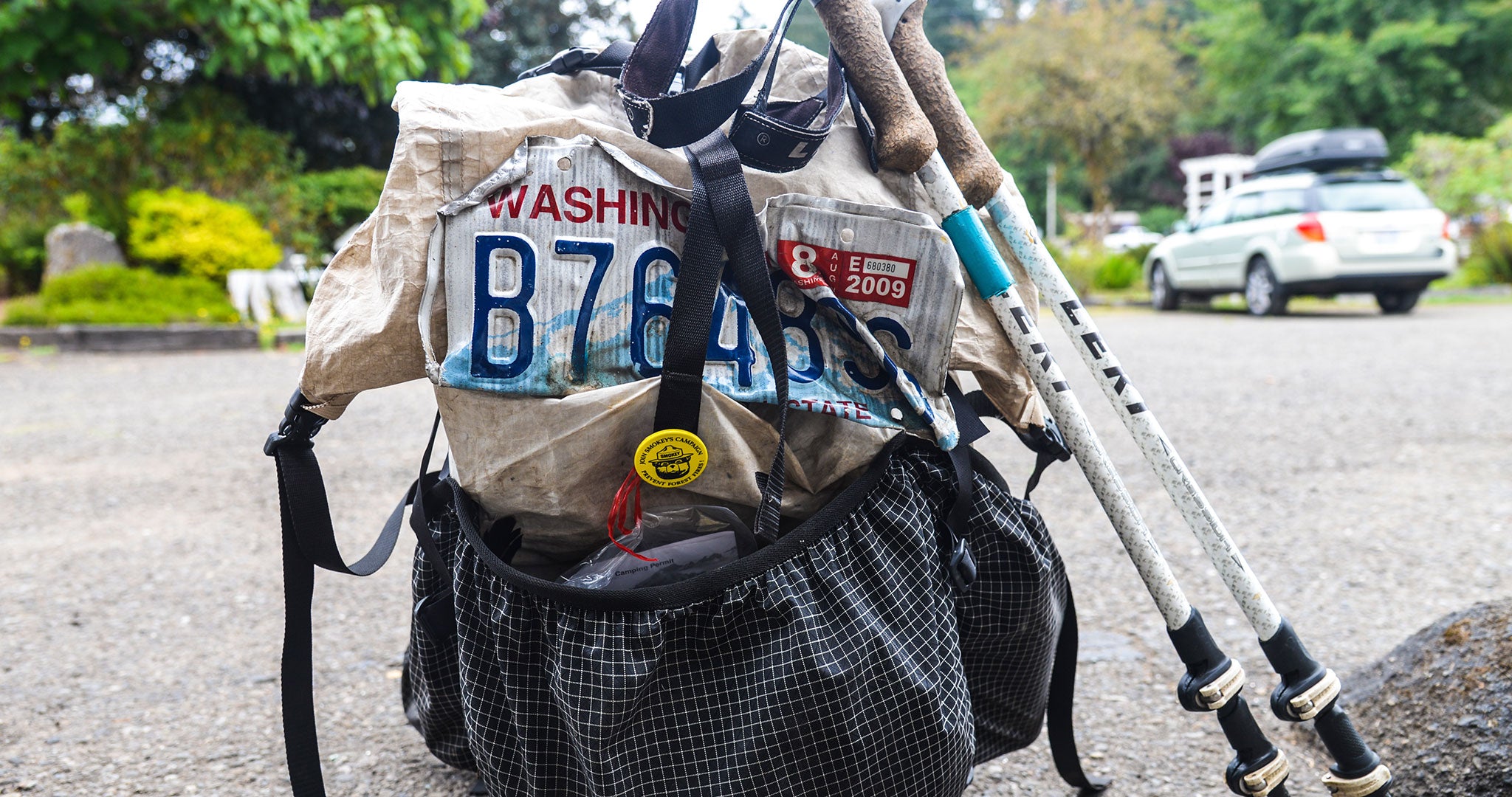 Trail Info:
Trail Info:
Average time to complete: 60-70 days
Length: 1,200 Miles
Passes through 16 protected areas:
- Glacier National Park
- Flathead National Forest
- Kootenai National Forest
- Idaho Panhandle National Forest
- Colville National Forest
- Okanogan National Forest
- North Cascades National Park
- Mt. Baker-Snoqualmie National Forest
- Deception Pass State Park
- Bay View State Park
- Joseph Whidbey State Park
- Fort Ebey State Park
- Ebey’s Landing National Historical Reserve
- Fort Casey State Park
- Olympic National Forest
- Olympic National Park
Check out the Pacific Northwest Trail Association for thru-hiker facts.
